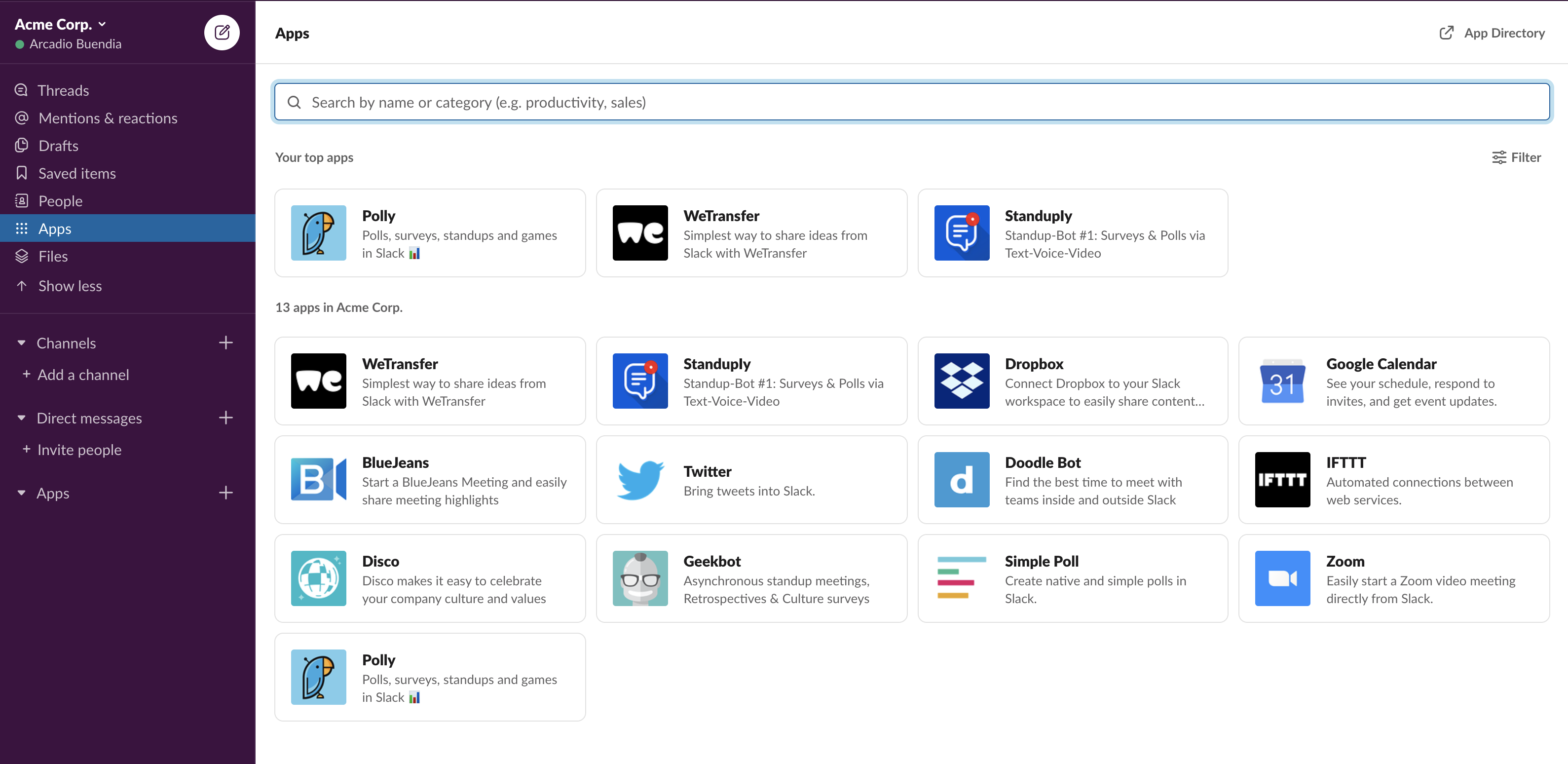

The best way to move towards the latter - and avoid falling into the trap of whatever is trending at the time - is to start with a process-driven approach that focuses first on diversifying your references, pulling learnings in from other fields as well as the history of illustration, rather than looking to only the industry immediately surrounding us. As your company and its brand matures, so can one's degree of specificity, technicality, and process around illustration thinking. I completely get that companies in different stages require different approaches towards illustration thinking. So how do these two ends of the spectrum co-exist? I believe there's a time and place for both types of work - illustrations as stock components, and illustrations as intentional, complex extensions of your specific brand. I think this is fair - I am often approached by companies who simply want me to reproduce work I've already created for past clients' specific brands (indicating a misalignment with a brand values-driven approach to creating these systems). At the same time, some have argued that the overall landscape has become more homogenous. Since then, the best of tech illustration has become more character-driven, thoughtful, and inspiring (see the creative, unique work being done by standouts like Airbnb, Mailchimp, Dropbox, and Facebook). Given the uniqueness of Slack's brand, I wanted to create an illustration voice that was totally unexpected at the time, and custom to their brand needs: warm, friendly, polished, and at times quirky.

When we kicked off this project with Slack in early 2017, the industry was somewhere in between these two worlds. You can see how the tone of the illustration changes when we reduce the number of colors in the palette and increasingly stylize the characterization of the figure, again taking cues from the whimsicality of children's illustration. For example, in the below illustration, I used the stock concept of a female character at her computer (the "what") as a vehicle purely to explore color and style (the "how"). Putting on our product manager hat, it's more efficient to isolate this one variable first - to first take a somewhat generic concept and use that as a base for stylistic explorations. I find it valuable to always focus on voice and technique ("how" we draw) first rather than get bogged down in the concept ("what" we draw). purple and deep blue, as seen on the right) creates a sense of groundedness and balances out some of these more whimsical color cues.
Slack client professional#
However, given Slack's position as a professional enterprise company, going "full storybook" in palette wouldn't have been entirely appropriate.

In these earlier explorations I experimented with some of these more unusual colors, like bright yellow and neon pink. Both fields include younger audiences, so this makes sense. You'll notice that both Mary Blair and Charley Harper's work (as well as work from the animation and publishing industries in general) make excellent use of color: warm, whimsical, and bright. Here's an example of how we incorporated some of these cues.


 0 kommentar(er)
0 kommentar(er)
